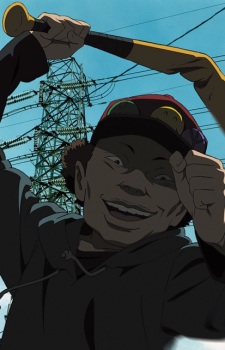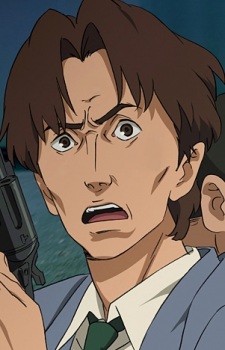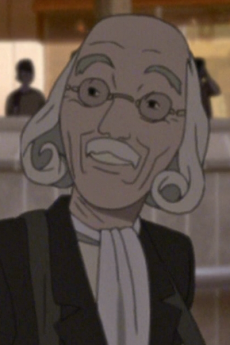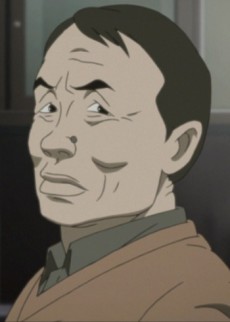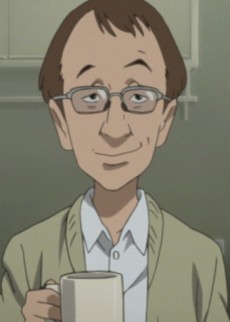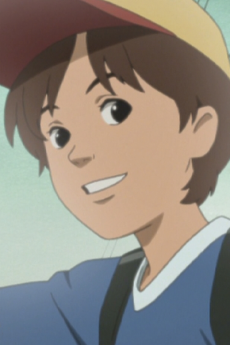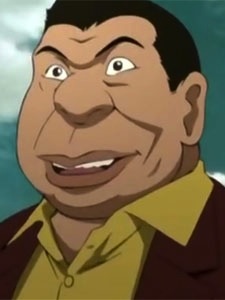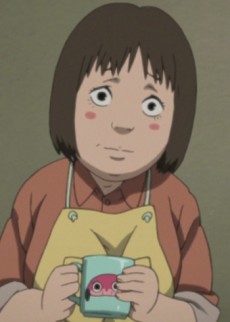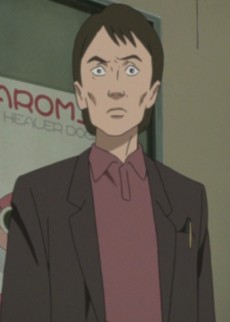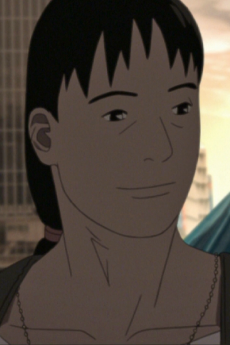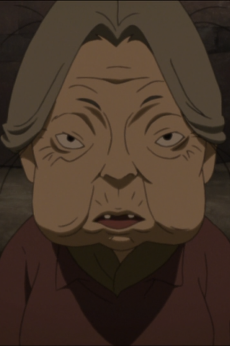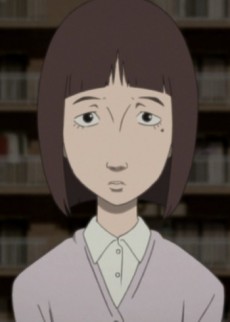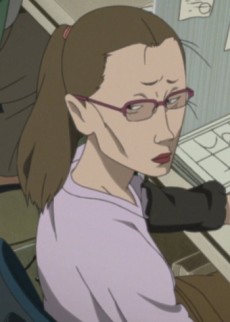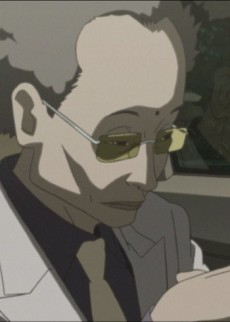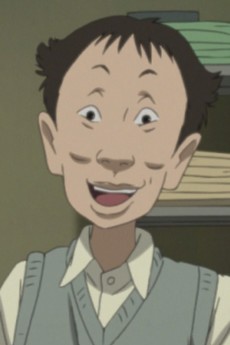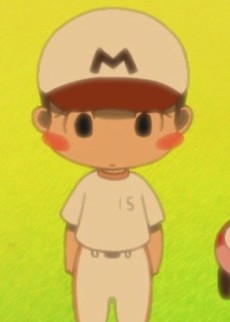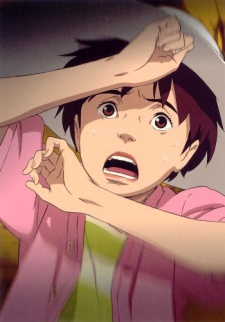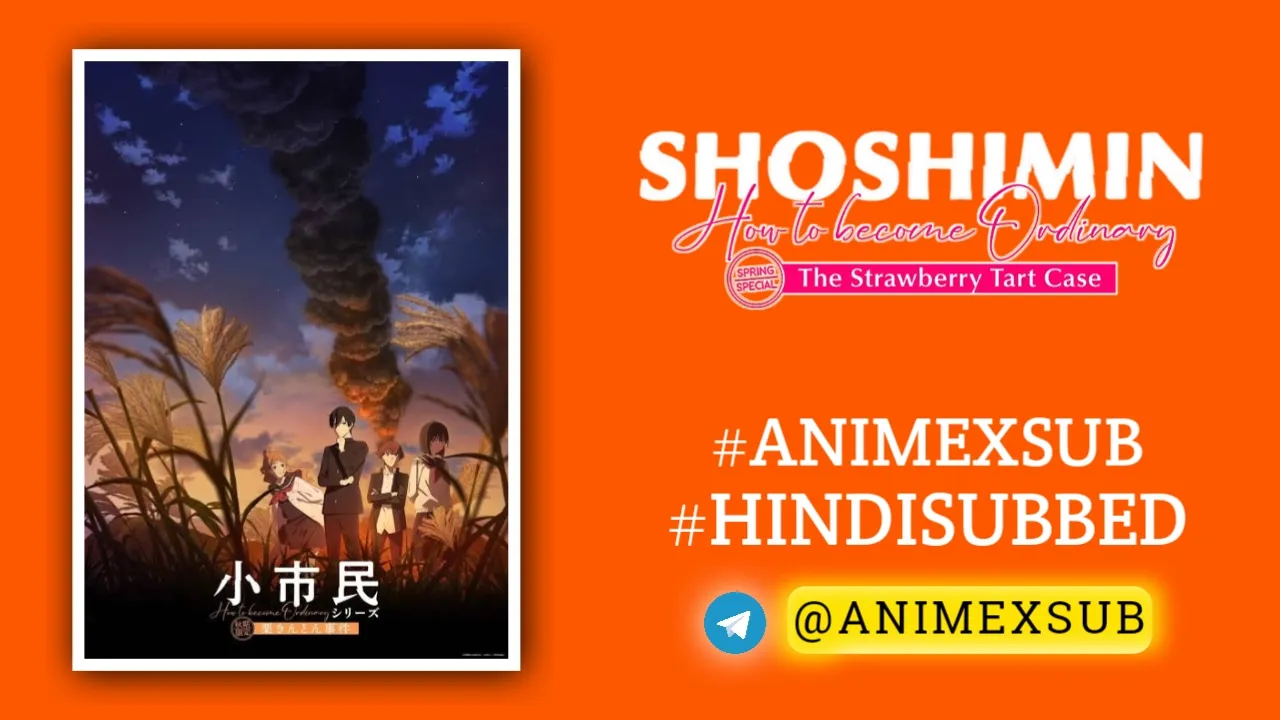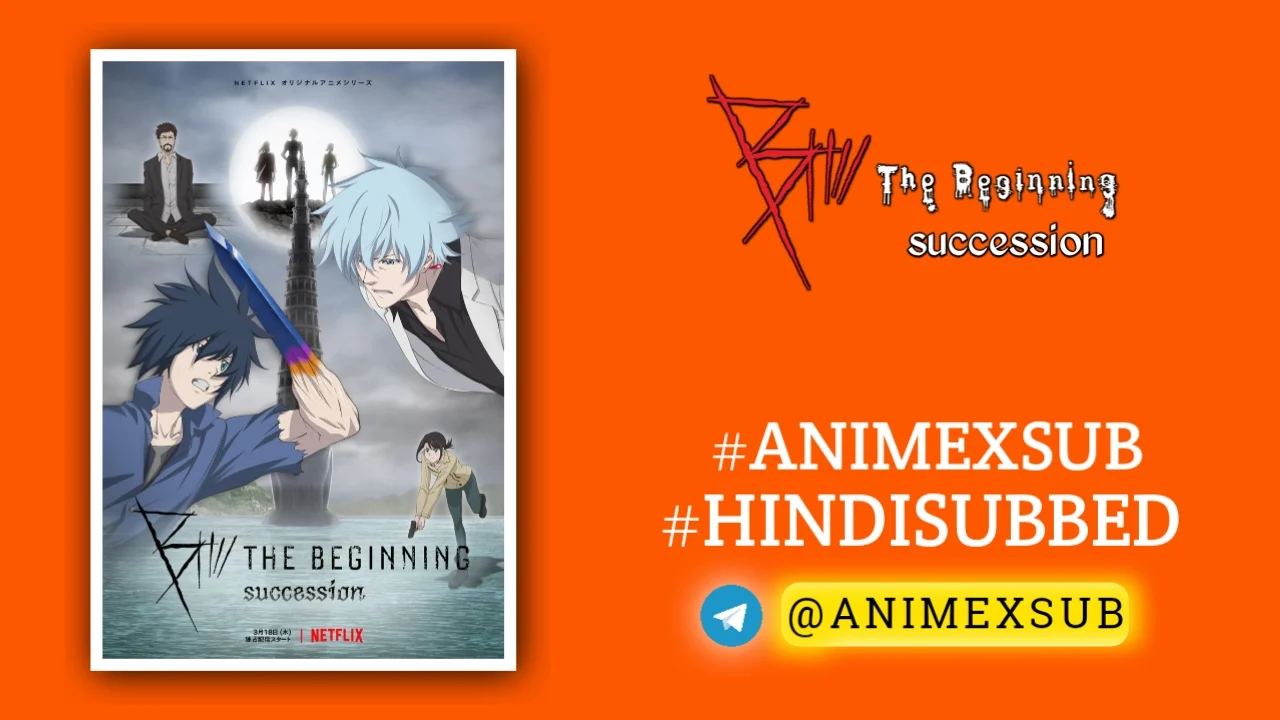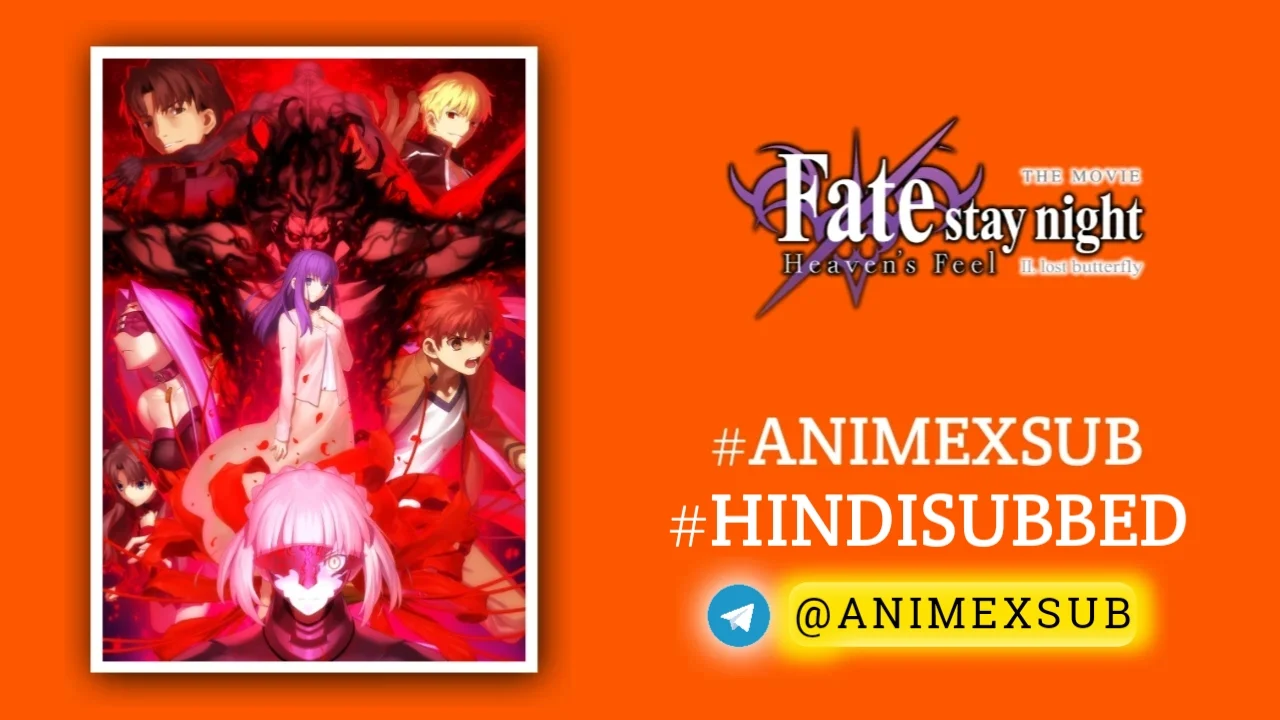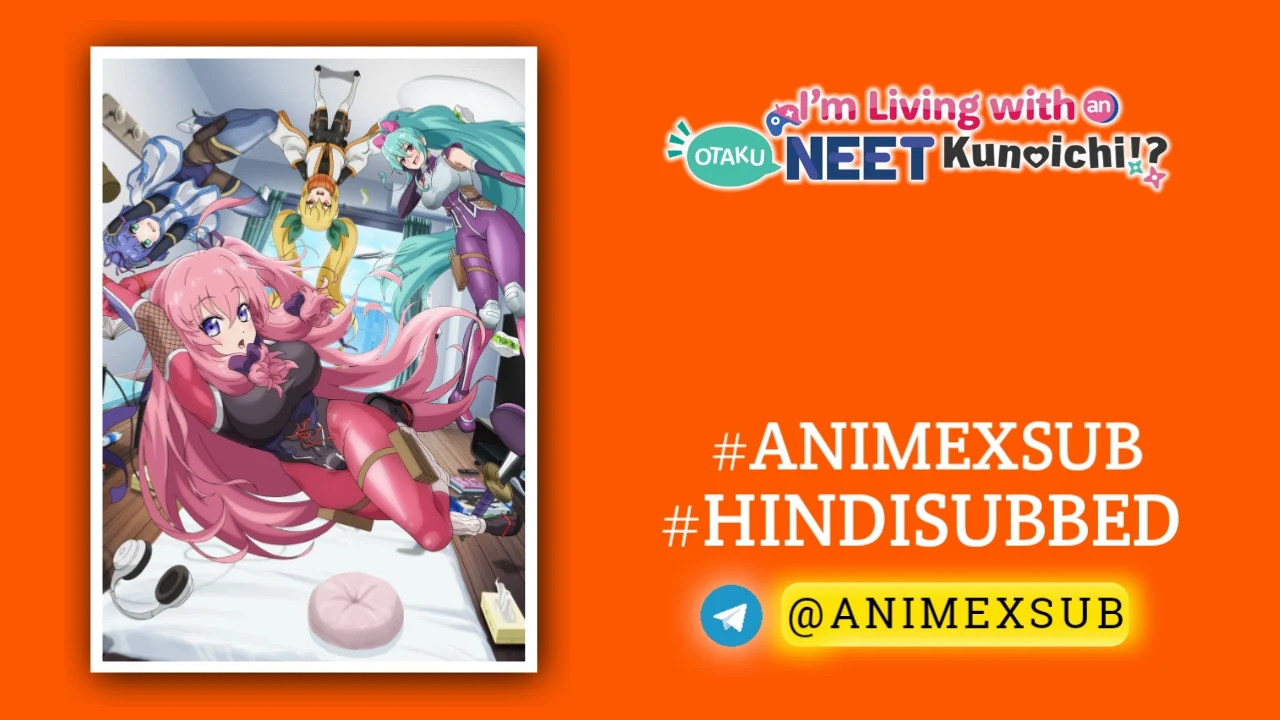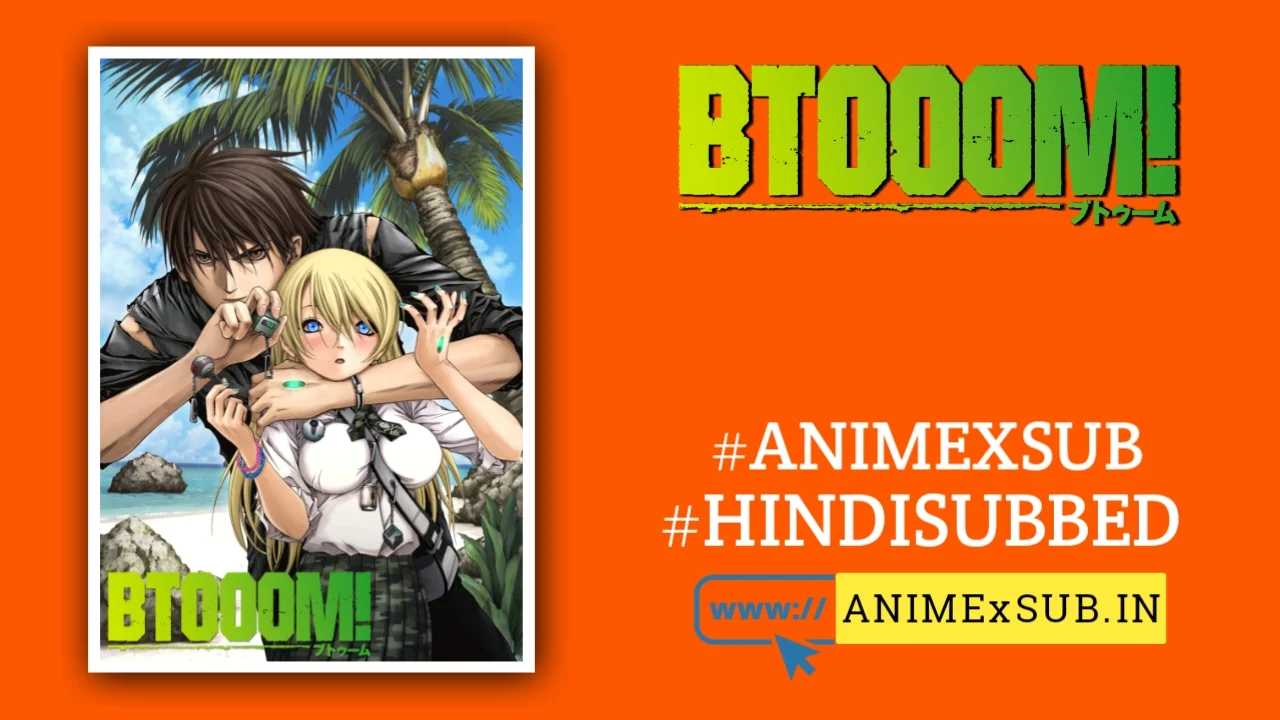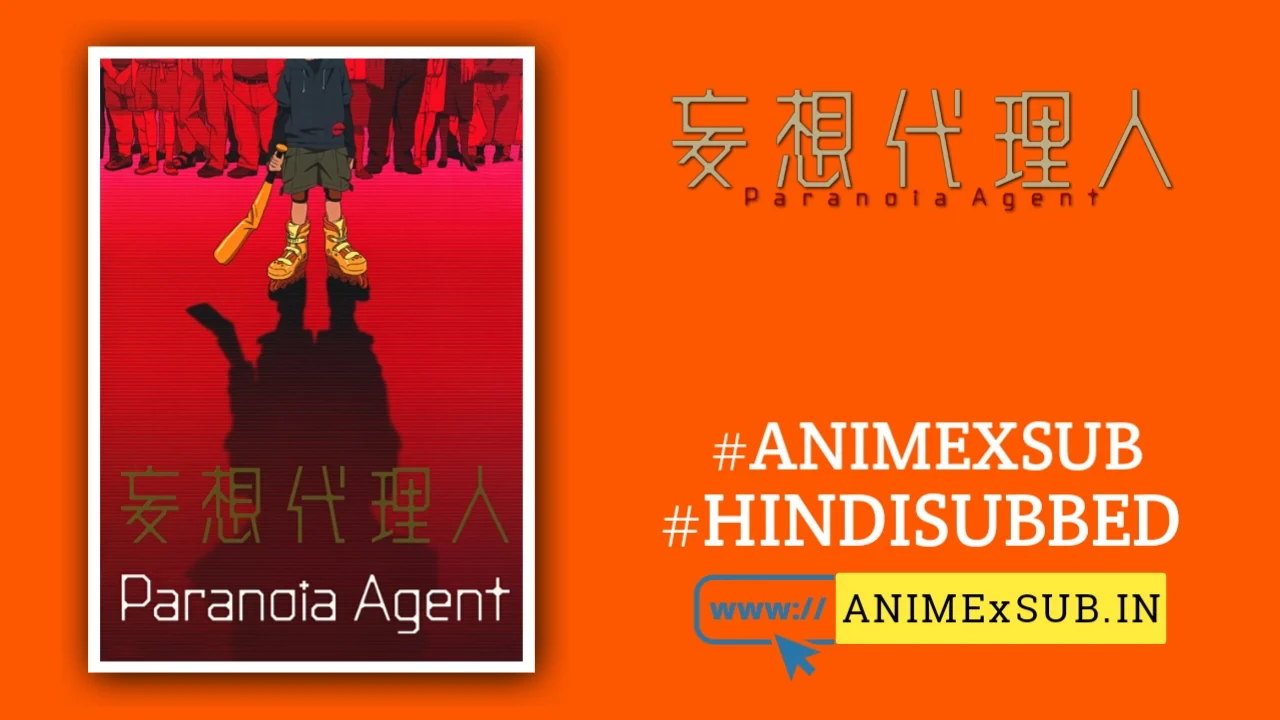
Paranoia Agent Hindi Subbed [13/13] | Mousou Dairinin Hindi Sub!!

Mousou Dairinin
Paranoia AgentSynopsis
An elementary school kid dubbed with the title "shounen bat" or "lil slugger" has been going around attacking people with his bent, golden bat. Now, two detectives are investigating so they can stop this kid from making any more attacks, but they will find out soon enough... that this case is much more than they expected. (Source: Anime News Network)
Watch Trailer
Characters
Paranoia Agent Season 1: A Psychological Odyssey Through Society’s Fractured Psyche
Paranoia Agent (2004), directed by the visionary Satoshi Kon, is a 13-episode anime series that defies conventional storytelling and genre constraints. This psychological thriller, Kon’s only foray into television, is a masterclass in narrative complexity, weaving a tapestry of human fragility, societal pressure, and the blurred line between reality and delusion. Season 1—its sole season—stands as a singular achievement, a haunting exploration of collective anxiety that remains unparalleled in anime and beyond. This article delves into the series’ thematic depth, innovative structure, and cultural resonance, offering a fresh perspective on why Paranoia Agent is a timeless work of art.
The Premise: A Bat-Wielding Enigma and a Shattered Society
At its core, Paranoia Agent revolves around a mysterious figure known as “Lil’ Slugger” (Shonen Bat), a rollerblading, bat-wielding assailant who attacks seemingly random victims in Tokyo. The series begins with Tsukiko Sagi, a shy designer under immense pressure to replicate the success of her creation, Maromi, a pink dog mascot. After she’s attacked by Lil’ Slugger, a string of assaults follows, each tied to victims grappling with personal crises. Detectives Keiichi Ikari and Mitsuhiro Maniwa investigate, but the case spirals into a surreal labyrinth as Lil’ Slugger’s identity—and very existence—becomes increasingly ambiguous.
What sets Paranoia Agent apart is its refusal to provide easy answers. Is Lil’ Slugger a real person, a shared hallucination, or a manifestation of societal guilt? Kon uses this ambiguity to probe deeper questions about human nature, making the series less about solving a mystery and more about dissecting the psychological and cultural forces that shape it.
Thematic Depth: A Mirror to the Human Condition
Paranoia Agent is a kaleidoscope of themes, each episode refracting a different facet of human experience. At its heart, the series examines how individuals and societies cope with stress, guilt, and the pressure to conform. Lil’ Slugger often strikes those at their breaking points—people overwhelmed by work, relationships, or societal expectations. In this sense, he’s less a villain and more a catalyst, exposing the fragility beneath the facade of modern life.
The series critiques Japan’s high-pressure culture, where collectivism and perfectionism can crush individuality. Tsukiko’s struggle to replicate Maromi’s success reflects the relentless demands of creative industries, while other characters—a housewife hiding infidelity, a student cheating on exams—face their own personal reckonings. Kon suggests that Lil’ Slugger is a collective coping mechanism, a scapegoat for those unwilling to confront their own failures. This idea resonates universally, as modern societies grapple with mental health crises and the temptation to externalize blame.
Kon also explores the power of narratives. Lil’ Slugger evolves from a rumor into a cultural phenomenon, spreading like a virus through media and word of mouth. Episodes like “MHz” (Episode 8), where gossiping women fuel the legend, highlight how stories can take on a life of their own, distorting reality. This meta-commentary on storytelling aligns with Kon’s broader oeuvre, seen in films like Perfect Blue and Paprika, but Paranoia Agent pushes it further by implicating the audience in the narrative’s construction.
Narrative Structure: A Mosaic of Perspectives
Unlike traditional anime, Paranoia Agent rejects a linear narrative in favor of an anthology-like structure. Each episode shifts focus to different characters—victims, bystanders, or investigators—creating a mosaic that gradually reveals the larger picture. This approach mirrors the fragmented nature of human perception, where truth is subjective and incomplete. For example, Episode 5 (“The Holy Warrior”) delves into a cult-like group obsessed with Lil’ Slugger, while Episode 10 (“Mellow Maromi”) explores the mascot’s creation through Tsukiko’s lens, each offering a piece of the puzzle without fully resolving it.
This structure demands active engagement from viewers, as Kon scatters clues across episodes that only cohere upon reflection. The non-chronological storytelling, combined with surreal interludes—like the dreamlike “Happy Family Planning” (Episode 8), where three people attempt suicide with bizarre optimism—challenges conventional expectations of plot progression. Yet, every episode feels purposeful, contributing to the series’ exploration of collective paranoia and individual despair.
Visual and Auditory Artistry: A Feast for the Senses
Satoshi Kon’s directorial genius shines in Paranoia Agent’s visual and auditory design. The animation, produced by Madhouse, blends realism with surreal flourishes, reflecting the series’ oscillation between the mundane and the uncanny. Tokyo’s urban sprawl is rendered with meticulous detail, grounding the story in a recognizable reality, while distorted perspectives and dreamlike sequences signal psychological unraveling. Lil’ Slugger’s iconic design—golden rollerblades, red cap, and bent bat—becomes a haunting symbol, instantly recognizable yet perpetually elusive.
The series’ color palette shifts to reflect mood: muted tones dominate moments of despair, while vibrant hues underscore surreal or ironic scenes. Kon’s use of framing, like tight close-ups on anxious faces or wide shots of an indifferent city, amplifies the characters’ isolation. Transitions between reality and hallucination are seamless, blurring the line in a way that keeps viewers off-balance.
Susumu Hirasawa’s soundtrack is equally integral, blending electronic, choral, and traditional Japanese elements to create an otherworldly atmosphere. The opening theme, “Dream Island Obsessional Park,” is a disorienting mix of upbeat rhythms and eerie vocals, perfectly encapsulating the series’ tonal dissonance. The score amplifies the sense of unease, making even quiet moments feel pregnant with dread.
Character Studies: Flawed, Relatable, and Universal
While Lil’ Slugger is the series’ catalyst, the true focus is its ensemble of characters, each a microcosm of societal struggles. Tsukiko Sagi, the ostensible protagonist, is a complex figure—timid yet ambitious, haunted by guilt yet desperate for validation. Her creation, Maromi, is both a source of pride and a psychological burden, embodying the commodification of creativity. Detectives Ikari and Maniwa offer contrasting perspectives: Ikari, a grizzled skeptic, clings to a rational worldview, while Maniwa’s openness to the supernatural leads him down a darker path.
Secondary characters, like the delusional teacher in Episode 3 (“Double Lips”) or the suicidal trio in Episode 8, are given surprising depth despite their brief appearances. Kon avoids judgment, presenting each character’s flaws and vulnerabilities with empathy. This humanizes the series’ darker themes, making its exploration of despair and denial universally relatable.
Cultural and Historical Context: A Snapshot of Post-Millennial Anxiety
Released in 2004, Paranoia Agent captures the zeitgeist of early 21st-century Japan, a period marked by economic stagnation, technological acceleration, and social disconnection. The “Lost Decade”’s lingering effects fueled a sense of disillusionment, reflected in the series’ portrayal of alienated individuals. Lil’ Slugger’s attacks parallel real-world phenomena like urban legends and moral panics, reminiscent of Japan’s fascination with figures like “Kuchisake-onna” (the Slit-Mouthed Woman).
Globally, the series resonates with post-9/11 anxieties about unseen threats and the power of fear-driven narratives. Kon’s critique of media sensationalism feels prescient in today’s era of viral misinformation and echo chambers. Paranoia Agent’s exploration of collective delusion remains strikingly relevant, as societies grapple with the psychological toll of modern life.
Why Paranoia Agent Stands Alone
What makes Paranoia Agent Season 1 exceptional is its refusal to conform to genre norms or audience expectations. It’s neither a straightforward thriller nor a pure psychological drama but a hybrid that challenges viewers to question their perceptions. Kon’s ability to balance ambiguity with emotional resonance ensures the series is as thought-provoking as it is unsettling. Unlike many anime that prioritize resolution, Paranoia Agent embraces open-endedness, trusting its audience to interpret its mysteries.
The series’ influence is evident in later works like Death Note and Psycho-Pass, which explore societal pressures and moral ambiguity, but none match Paranoia Agent’s audacious blend of surrealism and social commentary. Its 13 episodes are a masterwork of economy, delivering a complete narrative arc while leaving room for endless interpretation.
Final Thoughts: A Haunting Reflection of Our Times
Paranoia Agent Season 1 is a psychological odyssey that transcends its medium, offering a profound meditation on the human condition. Through its fragmented narrative, vivid artistry, and unflinching exploration of societal and personal breakdown, it holds a mirror to our collective fears and desires. Satoshi Kon crafted a series that is as enigmatic as it is universal, a work that lingers long after the credits roll. For those willing to confront its complexities, Paranoia Agent is a journey into the heart of what it means to be human in a fractured world.
Support Our Anime Community!
Love watching the latest anime? Help us keep uploading new episodes by join telegram channel ❤️
Join Now!